Hello everyone:
Welcome to the 100th issue of the Field Guide newsletter! If you’re ready to become a paying subscriber, please join me in celebrating this milestone with a paid subscription. For nearly two years now, I’ve worked to provide thoughtful and well-researched writing about this critical period in both human and natural history. Your support will allow me to keep going for years to come.
As always, please remember to scroll past the end of the essay to read some curated Anthropocene news.
Now on to this week’s writing:
Since last week’s essay on All That Breathes, I’ve been thinking about the nature of good news. I’m an optimistic pessimist, so my perspective on good news is already complicated. The film, though, takes us deeper inside the experience of a “good news story” than we normally go.
Here’s what Shaunak Sen, the filmmaker behind All That Breathes, told Audubon magazine about Nadeem and Saud and their choice to help save birds:
[T]here’s a guarded, cautious optimism that they have. They have a wry resilience, an unsentimental stripe of wry resilience, of just soldiering on, putting your head down and getting on with it because the birds are falling and somebody needs to take care… I think the world needs more of these Don Quixotes to do these kinds of micro acts and micro gestures. And these become the life rafts for hope.
A life raft is an exquisite metaphor for hope, but how big and wild is the ocean? What’s the weather forecast? How many people are on the raft? And the hardest question of all: How far is the destination? As recent refugees in the Mediterranean can attest, not all life rafts make it to shore.
In the Anthropocene, how should we view hope or good news? Let’s start with what the Anthropocene is and isn’t. The Anthropocene is not merely a disaster. It’s not a tsunami, train wreck, or war. It’s a fundamental disruption of life on Earth.
Humans have permanently altered the world we evolved within, and have begun to severely diminish the health of the community of life. It’s early days still, and it’s entirely possible to restore, rewild, and reinvigorate a beautiful and diverse world, but there is no return to the ancient ecological balance. How bad things get is entirely up to us, but the best we can do – what we must do – is to stabilize Earth’s environment in some kind of new normal, an ecologically wounded but healthy normal.
In other words, the Anthropocene disruption is not a problem to solve. It’s the world we live in.
Wetlands, mangroves, and grasslands exist as remnants of their former selves. Rainforests and amphibians are rapidly disappearing. Only 4% of mammal biomass in the world lives in the wild. The atmosphere and oceans have, in a matter of decades, transformed into less hospitable versions of themselves not seen for tens of millions of years. And so on.
Once we truly understand this reality, our perspective cannot be a simple urge to “fix” it in hopes that we can rewind the ecological clock and continue to live our current lives. The only healthy attitude is the difficult acceptance of irreversible losses, an openness to changing how we live, and a decision to do our damnedest not to let things spiral out of control.
If this idea makes intuitive sense to you, then at some point in your life you’ve likely experienced the gauntlet of deep grief. You remember that once you were in the midst of grief, you were past the point of “solving” the cause. And you know that the person you were and the world you inhabited were altered forever when grief struck.
Not long ago, Heather and I lost three parents in three years, each dying in their own very difficult way. We know with certainty that after a loved one dies, there’s nothing to fix. You see that the world has changed shape, and eventually you resolve to keep living a wounded but meaningful life.
In the Anthropocene, if you’re not grieving, you’re not paying attention. How many of you cannot name a loved landscape that has been lost or diminished? For those victims of this era (people, animals, plants, places) and for those who are tending to them (Nadeem and Saud, climate activists, conservation biologists, family planning NGOs, green policy wonks, and more), the Anthropocene is an era of global-scale grief, and requires global-scale responses to grief.
With that in mind, how else can we define good news other than as small but vital lights amid the gloom?
Or as Tom Mustill articulates it in his book, How to Speak Whale, “To be alive and explore nature now is to read by the light of a library as it burns.”
We reconcile this new world by adjusting to it, by building resilience to the unchanging facts of our loss and grief, and by working to limit its ongoing harms, because things are going to get worse before they get better. It’s crucial that we’re honest with ourselves about this. We’re very much still at the stage where the losses are worsening and the grief is growing.
Humans have violated several boundaries of the biological and geochemical parameters that keep life stable on this planet. Our resilience must be flexible enough to handle further losses. Wonderful work is being done, but we are still losing loved ones: animals, plants, entire species, ecosystems, and the relationships that bind us to the world we’ve set on fire. In this ongoing tragedy we need to stay in motion as we work to restrain human behavior and limit its harms, and that is where we’re going to find the good news.
Call it love or activism or putting our grief to work – a good grief – but it’s an overwhelming task if you only look at the big picture. Thus we need to be more like the brothers, “just soldiering on, putting your head down and getting on with it because the birds are falling and someone needs to take care…”
Which is why I make a point here in the Field Guide of not being too precious about the good news stories that we’re all hungry for. Yes, there’s a tremendous amount of good news out there, but so much of it seems like those life rafts in a stormy sea, with no shore in sight. Nadeem, Saud, and Salik rescue a few thousand birds per year, but far greater numbers fall from Delhi’s skies. I put up a couple dozen tree swallow nesting boxes each year, but North America has lost three billion birds in the last fifty years. A dozen dolphins or beaked whales may be rescued after stranding on a beach somewhere, but 300,000 cetaceans die yearly as fishing bycatch.
What I didn’t say in last week’s essay is that I really needed what All That Breathes had to offer. After three weeks of writing about our ocean noise – sonar, seismic airguns, shipping – and gorging on my normal diet of environmental news, I was feeling a bit dark about our place in the world. As I’ve noted here before, I’m often in the bad-news business, but even for me there are days when it all feels a bit too much.
To bring you the Field Guide, I scour a lot of sources for insights into the problems and solutions in our disrupted world, and often there’s a story that really sticks in my throat. Last week it wasn’t that corporate “net-zero” pledges are nearly all harmful wastes of time and energy – of course they are – or even that our constant exposure to toxic PFAS chemistry extends to the toilet paper in our bathrooms. It’s not the surge of dead whales washing up on U.S. East Coast beaches, the methane super-emitters, the sewage bacteria in salt spray, or the inexcusable culling of lynx and wolves in Sweden.
No, the prize for the most disturbing Anthropocene news of the week went to… the plastics industry, whose 170 trillion particles of waste in the oceans is so infused into ocean life that it now causes a novel illness in seabirds. The disease has been rightly named plasticosis, described as an irritation of the birds’ digestive tract caused by a steady diet of this inedible garbage. Researchers say it may threaten the survival of multiple seabird species.
Like many of you, I have a fondness for birds. For me, though, open ocean seabirds have an unrivaled majesty and mystery. We consider the high seas an unformed wilderness, but these birds have navigated it like a neighborhood for millennia, with maps made by smell and magnetic fields. That these beautiful, highly-evolved creatures are ill and dying because we can neither rein in industry nor control our waste is enough to make me want to shake the civilizational Etch A Sketch and start over.
But you’ll remember this wisdom from last week – You are not obligated to complete the work, but neither are you free to abandon it – so I am not free to abandon the work. Stories like those of Nadeem, Saud, and Salik provide a path forward.
As All That Breathes shows, this is particularly true when the work being done connects directly to animals. We crave that connection ourselves and so praise it in others, especially when we see them noticing suffering and then upending their life – or really, giving it deeper meaning – to heal the wounds. We know, as Indrajit Samarajiva writes, that the “proper response to the majesty of nature and the bounty of the past is worship, not devouring what pleases you and throwing the rest away,” and we look for models of behavior that lead us in that direction.
There is no shortage of these stories. Just in the last week or so I’ve read about French conservationist Arnaud Desbiez and his successful quest to understand and protect Brazil’s giant armadillos, Carol Buckley’s lifelong journey to protect abused elephants, Franziska Trautmann and Max Steitz’s creation of a successful glass recycling program in New Orleans, which is helping to restore Louisiana’s biodiverse coastline. And then there’s a favorite story of mine I’ve mentioned before, Natashia Nowak and Alexxia Bell’s Turtle Rescue League in Boston, where like Nadeem and Saud they operate an incredibly important and successful animal hospital out of their basement.
I think also of Phil Pister, who singlehandedly saved a species from extinction by carrying buckets of water containing the last Owens pupfish to safety. When people asked him what the value of some random desert pupfish was, he always asked “What good are you?” Better yet, he once wrote that
In the long run, things like preserving pupfish are far more important than running a successful space program. For if we fail in the former, our spaceships may well, at some future date, find themselves with nothing to return to.
That’s the attitude that will keep the world habitable, if enough of us share it.
If even a significant minority of 8 billion humans focused with all our heart on a place or a species, the prospects for the community of life would improve in a heartbeat. The fact that the world looks as it does today tells us how few of us have been led to such a life. We all notice some things, and we’re all helpful in various ways, but it’s a rare person whose life is dedicated to turning the Anthropocene tide. As a scribbler who isn’t making enough of a difference, I say this not to trouble your souls but to describe the lack of training we have all received in truly noticing the real world – with its disappearing pupfish, albatrosses, and grasslands – and acting with empathy on what we’ve noticed. That noticing is such a radical act says much about how radically we’ve been removed from the real world.
For a steady diet of good, thoughtful Anthropocene news, I recommend Reasons to Be Cheerful (founded by David Byrne of the Talking Heads), Orion magazine, Anthropocene magazine (often tech-focused), the Guardian’s Age of Extinction series (both good and bad news there), the Revelator from the Center for Biological Diversity, and here on Substack Sam Matey’s The Weekly Anthropocene.
And of course there’s plenty of large-scale good news, too. U.N. organizations have accomplished astonishing things recently – the Global Biodiversity Framework and the High Seas Treaty especially – and these are diplomatic feats that if properly fulfilled and enforced will transform how civilization relates to the community of life. And on the climate front, there’s the Inflation Reduction Act and satellite monitoring of methane leaks and Third Act’s upcoming National Day of Action, on 3/21/23, against banks that are still funding new fossil fuel extraction, just to name a few.
All of these actions do make a difference. We have to stop asking the question of whether it makes enough difference, because there’s no specific threshold here. Much has been lost, and much more will be lost, but the more we shine our little lights the brighter the difficult future will be. Grief is upon us, and much more grief is coming, but we can put our heads down and soldier on, living a meaningful life by not abandoning the work.
We may be Don Quixotes, we may be paddling an unlikely life raft, we might be carrying buckets of water in the desert… but the work makes a difference.
As All That Breathes makes clear, the work is life-transformingly difficult. There is still tremendous fragility in these efforts against the machines of destruction, loss, and grief.
Equal parts grim determination and openhearted optimism are required to face the world as it is, the world as we’ve made it. In talking about All That Breathes, I’ve focused on the stoic brothers, but one of the secrets of the film is that, really, it’s Salik who lives at its heart. Salik is our untrained stand-in, a sweet, innocent man devoted to life and eager to learn how to defend it. To see what I mean, watch the unrestrained joy on his face when a kite swoops in from behind and steals the glasses off his face.
Thanks for sticking with me.
In other Anthropocene news:
From Nautilus, a very convincing long-form article, “What Plants Are Saying About Us,” on the intelligence of plants. Read it if you love plants, but also if you don’t. Given how wrong we are about how to live within the community of life, we all need to challenge our preconceptions about the nature of intelligence and consciousness. Here are a few samples to get you thinking:
“We have plants doing amazing things and they have no neurons,” he says. “So maybe we should question the very premise that neurons are needed for cognition at all.”
“Ask not what’s inside your head, but what your head’s inside of.”
“We need to get away from thinking of ourselves as machines,” Barrett says. “That metaphor is getting in the way of understanding living, wild cognition.”
“Consciousness isn’t something that happens inside us: It is something we do.”
From the New Yorker, the inside story of the last-minute passage of the High Seas Treaty, after weeks of grueling negotiations.
From the Guardian, the coming phosphorus crisis, or “Phosphogeddon.” This is one of those underappreciated stories that highlights just how much we’ve transformed the planet, and just how severe the consequences might be.
From Science News, tiger sharks were used to survey for seagrass meadows, and they found the largest meadow in the world – 92,000 sq km, the size of Portugal – off the Bahamas. These meadows are very important for natural carbon sequestration, since they do it 35 times faster than tropical rainforests. The tiger sharks are excellent surveyors, since they move about 70 km a day.
From Anthropocene, the first full detailed accounting of emissions from global fertilizer production and use provides us with clear, manageable solutions to seriously reduce those emissions. The biggest surprise is that two-thirds of emissions from synthetic fertilizer come after their application on the land, where excess fertilizer is converted by microbes to nitrous oxide, a major greenhouse gas.
From Wired, a new way of prioritizing species to conserve in a world in which there are too many to save. EDGE2, the second version of the “evolutionarily distinct and globally endangered” strategy, triages species according to how genetically unusual and how close to disappearing they are.
From the Washington Post, climate-accelerated beach erosion in North Carolina’s Outer Banks is so rapid that homes cannot be saved fast enough or for long enough. It’s a beautifully-illustrated interactive article on a story that is ruining lives.
From Yale e360, an array of new strategies bring some faint rays of hope for the world’s amphibians, which have been disappearing incredibly quickly due to global spread of chytrid fungus.

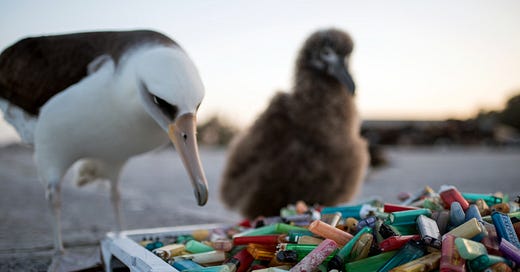



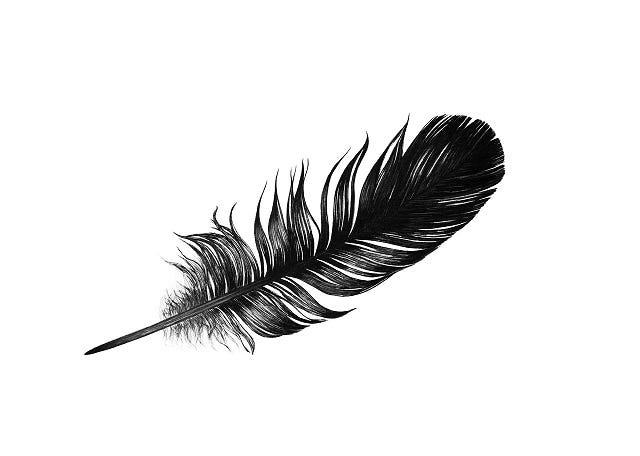
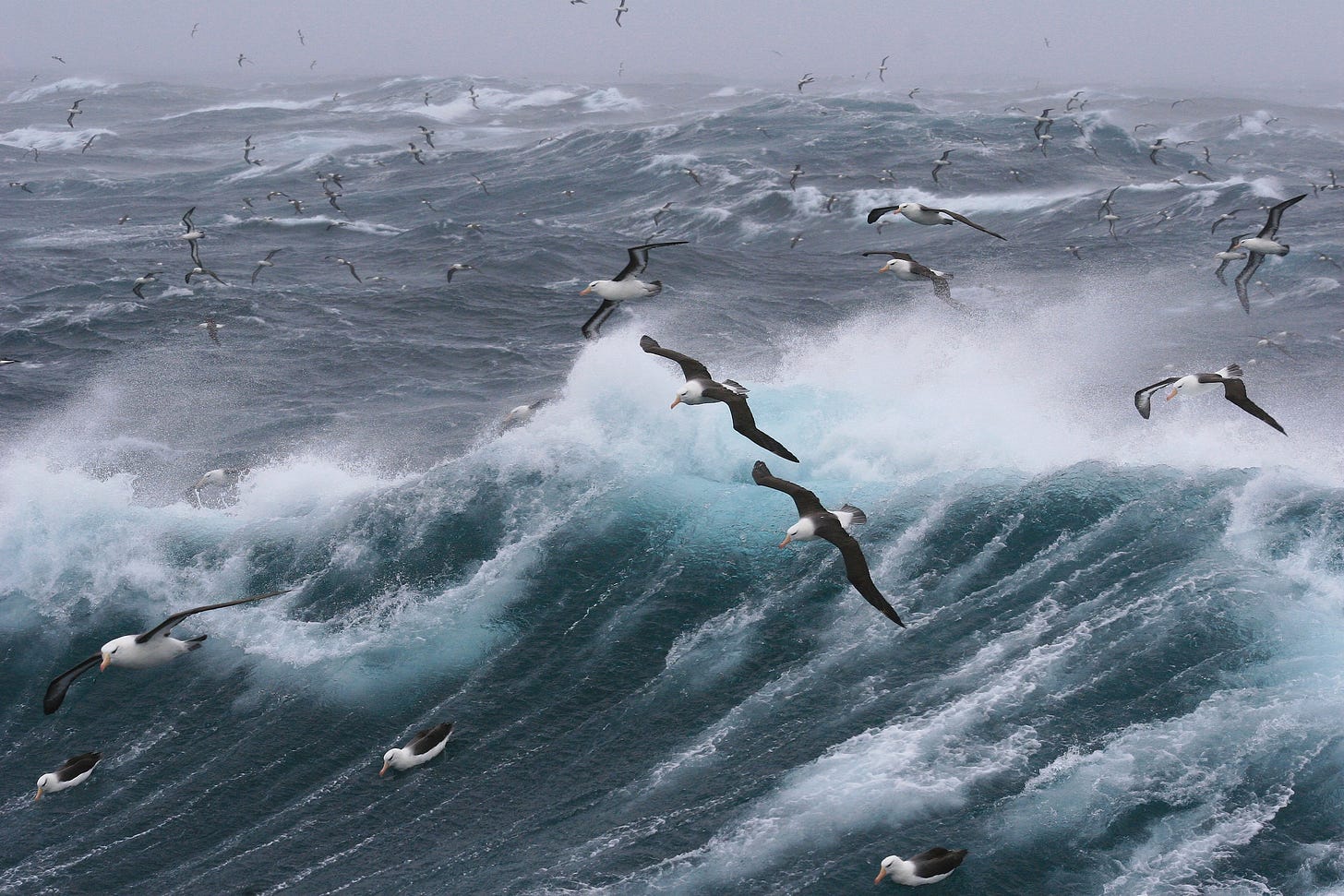
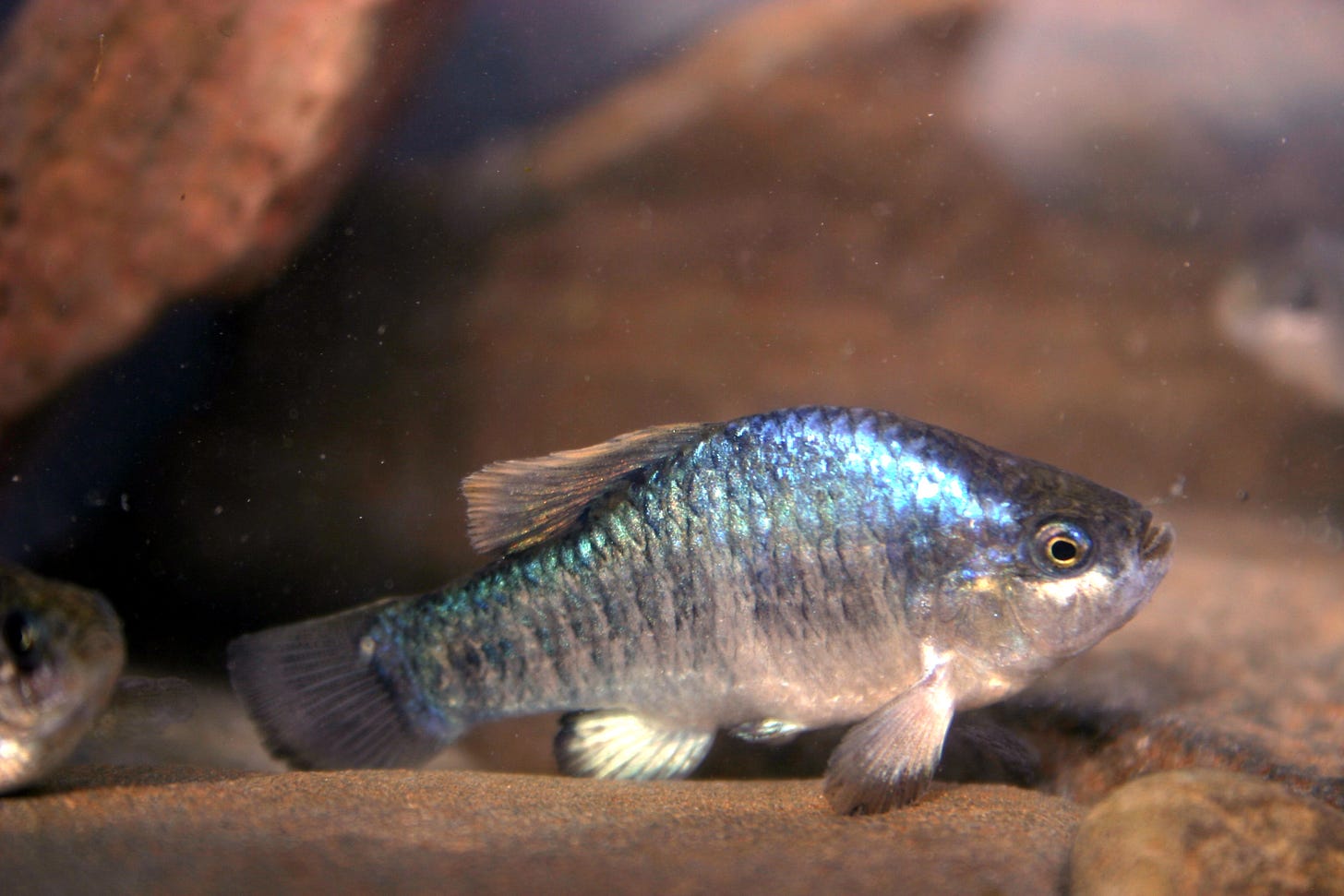
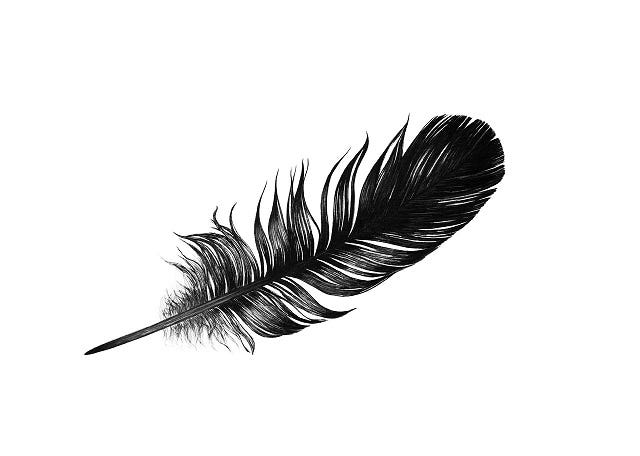
So true: "In the Anthropocene, if you’re not grieving, you’re not paying attention." Thanks for the work, Jason! Appreciate all 100 essays. Keep them coming! --Liesl
One last point. Using the Oregon fire as a metaphor was pretty useful. A takeaway is that recovery is very, very slow, and that the climate is changing so rapidly that the new forest ecosystem may not resemble the one that was consumed in the conflagration.
The other takeaway is how rapidly the Oregon fire grew from a dozen square yards to scores of miles. Everyone thinks climate change is slow and incremental- that it won't be even in our grandchilden's lives. NOT SO! We must disabuse ourselves of that notion. Abundant evidence exists that some past major changes were very very sudden, and it doesn't always take asteroid strikes or volcanic eruptions to generate enormous changes in the planet's energy, atmospheric and oceanic chemistry budgets.